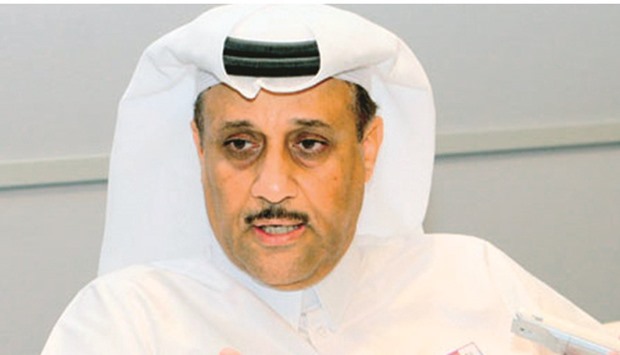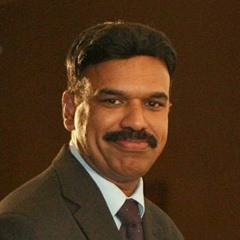The Qatar Environment and Energy Research Institute (Qeeri) is engaged in intensive efforts to increase the efficiency of Photovoltaics (PV) and producing solar energy at a significantly low cost.
Qeeri is one of the three research institutes of Hamad Bin Khalifa University under Qatar Foundation for Education, Science and Community Development.
“A key initiative is our ATHLOC project, which stands for Advanced Thin-film Hybrid Low Cost Photovoltaics,” Dr Khalid al-Subai, acting executive director, Qeeri, told Gulf Times.
The aim is to demonstrate a new type of thin-film solar cell of conversion-efficiency in the region of 20%, and capable of environmentally acceptable large-scale production at a manufacturing cost of below $0.50 per watt.
“We also have a silicon growth lab and several experts are working on perovskite solar cell which is a focus of much research and development worldwide.”
A perovskite solar cell is a type of solar cell which includes a perovskite structured compound, most commonly a hybrid organic-inorganic lead or tin halide-based material, as the light-harvesting active layer. Perovskite materials are cheap to produce and simple to manufacture.
“The current global PV industry has billions of dollars invested in current manufacturing technologies, so we are trying to achieve incremental improvements in existing silicon cells as well as being at the forefront of next generation thin-film technologies,” he continued.
According to Dr al-Subai, the new developments that are coming up at Qeeri are outdoor testing of bifacial modules, which produce energy from light falling on both their front and back which may be ideal for building-integrated PV systems.
“Also, at the Solar Test facility, located at the Qatar Science and Technology Park, we are testing novel materials that will cool PV modules during the day and prevent condensation at night. Our modelling team is predicting which locations in Qatar may have least soiling, and our materials experts are testing and developing ‘anti-soiling coatings’ which may lessen the need for cleaning,” said Dr al-Subai.
The new laboratory building for Qeeri will be ready soon.
“We will install state-of-the-art instruments for studying PV ageing and reliability at the new lab,” Dr al-Subai said.
A place in the sun
Qatar is an excellent environment for silicon and thin-film modules because of its abundant sunshine, it has been found after three years of testing various photovoltaics (PV) technologies at the Solar Test Facility at the Qatar Science and Technology Park.
“This March, we completed three years of testing and have covered all major technologies in the market, including crystalline silicon, thin film, and concentrating PV,” Dr Khalid al-Subai, acting executive director, Qeeri, said. “The silicon and thin-film modules produced 45% more energy in Qatar than in Germany. However, the diffuse sunlight was a disadvantage for most kinds of concentrating PV. We also found that cleaning PV modules every two months, plus rain, kept dust losses to just 8%,” he stated.

QATAR RESEARCH

